Growing Emphasis on Worker Safety
Worker safety remains a paramount concern in the welding industry, influencing the arc welding-equipment market significantly. With increasing regulations and standards aimed at protecting workers, companies are compelled to invest in safer welding equipment. In 2025, it is anticipated that safety-related expenditures in the manufacturing sector will rise by approximately 10%. This trend is likely to drive demand for arc welding equipment that incorporates advanced safety features, such as automatic shut-off systems and improved ventilation. The arc welding-equipment market must respond to this growing emphasis on safety by innovating products that not only comply with regulations but also enhance the overall safety of the welding process, thereby attracting more customers who prioritize worker protection.
Rising Demand in Construction Sector
The construction sector in the US is experiencing a notable resurgence, which appears to be a significant driver for the arc welding-equipment market. As infrastructure projects gain momentum, the need for robust welding solutions is likely to increase. In 2025, the construction industry is projected to grow by approximately 5.5%, leading to heightened demand for welding equipment. This growth is driven by both public and private investments in infrastructure, including roads, bridges, and commercial buildings. Consequently, manufacturers of arc welding equipment may find opportunities to expand their product lines and enhance their offerings to meet the evolving needs of the construction sector. The arc welding-equipment market is thus poised to benefit from this upward trend, as construction companies seek reliable and efficient welding solutions to support their projects.
Increased Automation in Manufacturing
The trend towards automation in the manufacturing sector is likely to have a profound impact on the arc welding-equipment market. As manufacturers strive for greater efficiency and precision, the integration of automated welding systems is becoming more prevalent. In 2025, it is estimated that around 30% of manufacturing processes will incorporate some form of automation, which could drive demand for advanced arc welding technologies. This shift not only enhances productivity but also improves the quality of welds, reducing the likelihood of defects. The arc welding-equipment market must adapt to these changes by developing innovative solutions that cater to automated environments, ensuring that manufacturers can achieve their operational goals while maintaining high standards of quality.
Expansion of Renewable Energy Projects
The expansion of renewable energy projects in the US is emerging as a crucial driver for the arc welding-equipment market. As the nation shifts towards sustainable energy sources, the construction of solar farms, wind turbines, and other renewable energy infrastructures is accelerating. In 2025, investments in renewable energy are projected to exceed $100 billion, creating a substantial demand for welding equipment capable of handling diverse materials and complex structures. The arc welding-equipment market stands to gain from this trend, as companies involved in renewable energy projects require reliable and efficient welding solutions to ensure the integrity and durability of their installations. This shift towards green energy not only supports environmental goals but also stimulates growth within the arc welding sector.
Technological Innovations in Welding Equipment
Technological innovations are reshaping the landscape of the arc welding-equipment market, presenting both challenges and opportunities. The introduction of advanced materials, such as high-strength alloys and composites, necessitates the development of specialized welding equipment. In 2025, it is expected that the market for advanced welding technologies will grow by approximately 15%. This growth is driven by the need for more efficient and effective welding processes that can accommodate the evolving demands of various industries. The arc welding-equipment market must stay ahead of these technological advancements by investing in research and development, ensuring that manufacturers can provide cutting-edge solutions that meet the needs of their customers while maintaining competitive advantages.



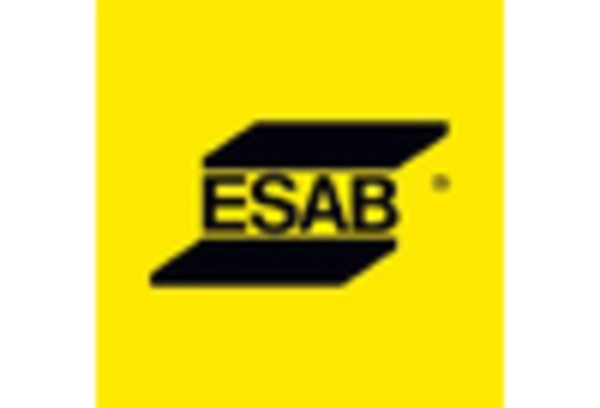
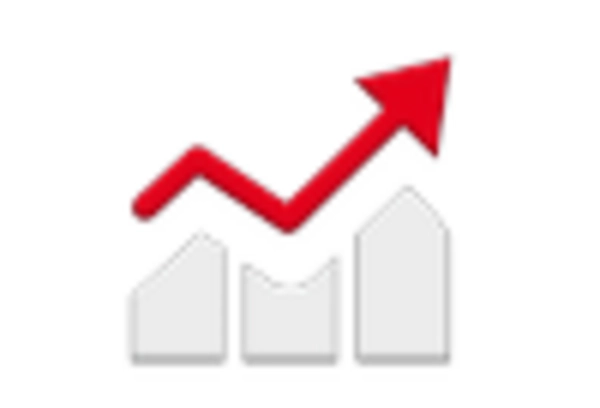
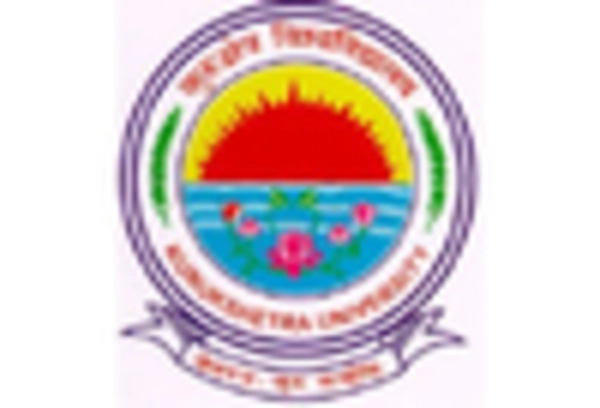
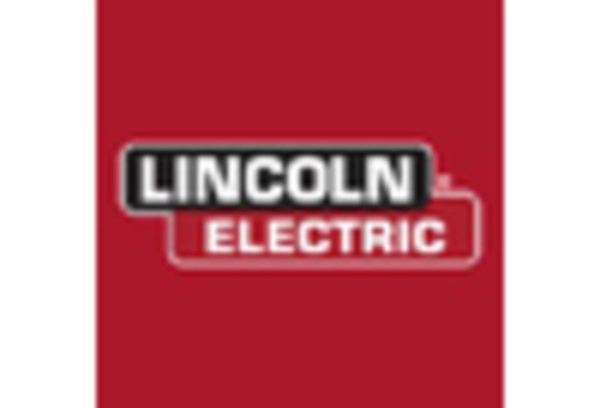
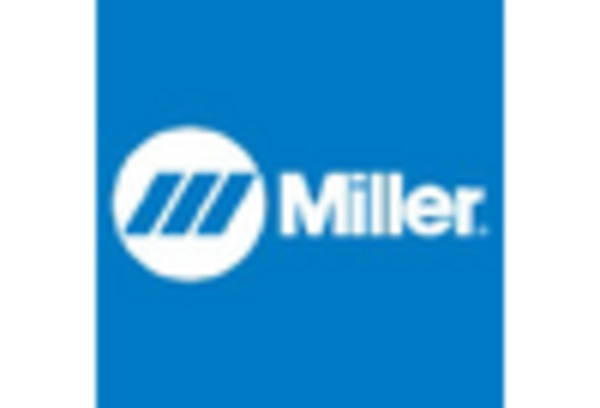
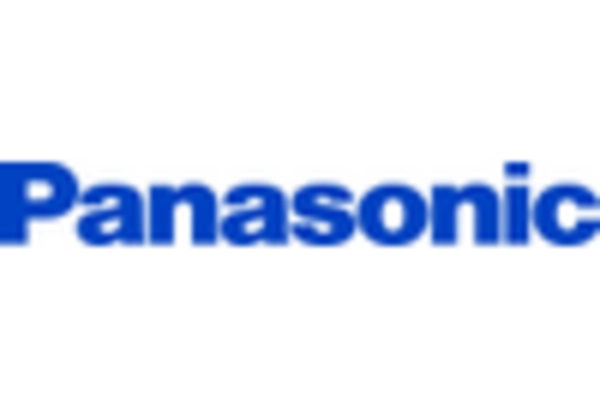








Leave a Comment